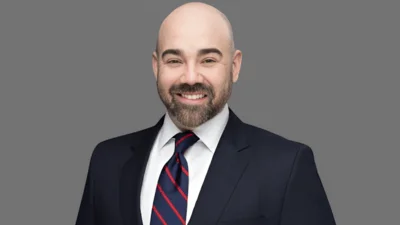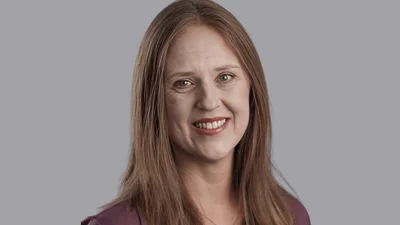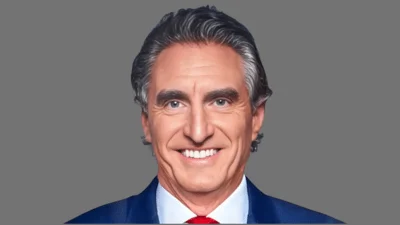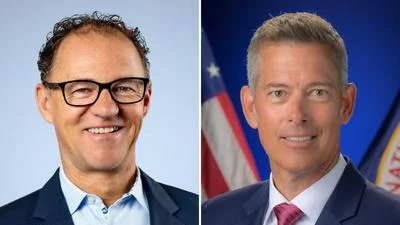WASHINGTON, DC - The Subcommittee on Digital Commerce and Consumer Protection, chaired by Rep. Bob Latta (R-OH), today held a hearing to discuss how businesses are leveraging the Internet of Things (IoT) to create, innovate, and connect. Following the bipartisan IoT Showcase, witnesses discussed how various industries are capitalizing on network connectivity, what this means for consumers across the country, and challenges hampering advancement and further innovation in this space.
“We are seeing IoT revolutionize a variety of industries and optimize everything from manufacturing and home appliances to automobiles and healthcare," said Chairman Latta in his opening statement. “These connected devices offer consumers and businesses significant benefits. For businesses, IoT is improving efficiency and increasing productivity all while helping drive down overhead costs. For consumers, IoT provides quick responsive services, enhanced experiences and convenience."
Witnesses prepare opening statements ahead of the hearing.
One of the biggest elements in the discussion of IoT is the idea of connectivity and the ways this alone is transforming industries. Testifying as to how connectivity positively disrupted the auto industry to save lives and improve consumer experience is Peter B. Kosak, the Executive Director for Urban Active Solutions at General Motors North America. “Twenty years ago, recognizing the value of and potential for embedded connectivity, General Motors pioneered automotive telematics with the founding of OnStar." He added, “Since introduction in 1996, OnStar has responded to over 1.5 billion customer requests, from automatic crash response and stolen-vehicle recovery, to remote door unlock, vehicle diagnostics and more."
Speaking to the ways that public universities are creating new growth in the IoT realm, was Dr. Mark Bachman, the CTO and Co-Founder of Integra Devices. He offers that universities are able to stimulate growth in the IOT industry through “research, training, public outreach, and investment" as universities have the uncanny ability to “provide common ground for companies, government, and the public to work together on IoT Topics." He concludes, “IoT is probably the most significant tech market of the 21st century and it is one that the U.S. can lead, if we commit to doing so."
Dr. William S. Marras, the Executive Director and Scientific Director of the Spine Research Institute at The Ohio State University (OSU) highlighted how OSU is “using technology associated with IOT" to prevent workplace injuries and improve patient outcomes. He states, “New developments in mobile computing and wearable technologies will connect our work in the laboratory with clinicians and patients in ways never before possible, while social media and app development make our research applications accessible to the masses where it can help the most people."
Touching on some of the challenges that will be faced by those in this industry was Dr. Gary D. Butler, the Founder, Chairman, and CEO at Camgian Microsystems Corporation. “Looking ahead, fueling this growth will be new innovations in advanced sensor and analytical processing technologies. With billions of industrial sensors deployed today and growing, exploiting the untapped value of the massive data sets generated from these devices will be the next big leap in IoT’s technology." Suggesting where Congress can make a difference, he continued, “… I would urge members to promote the growth of industrial IoT through expanded federal research funding, adoption within federal agencies and the creation of a friendly regulatory environment."





